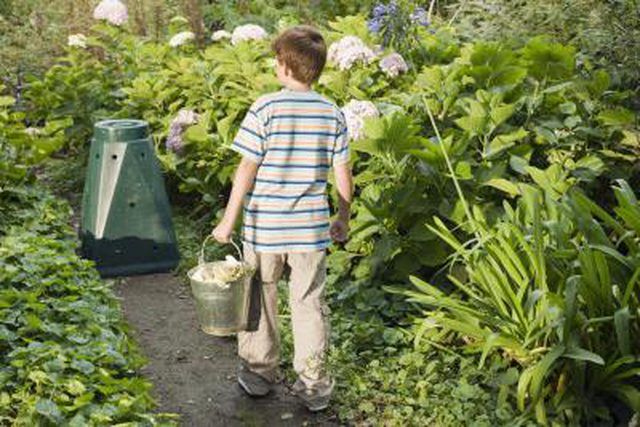Bulbs
Flower Basics
Flower Beds & Specialty Gardens
Flower Garden
Garden Furniture
Garden Gnomes
Garden Seeds
Garden Sheds
Garden Statues
Garden Tools & Supplies
Gardening Basics
Green & Organic
Groundcovers & Vines
Growing Annuals
Growing Basil
Growing Beans
Growing Berries
Growing Blueberries
Growing Cactus
Growing Corn
Growing Cotton
Growing Edibles
Growing Flowers
Growing Garlic
Growing Grapes
Growing Grass
Growing Herbs
Growing Jasmine
Growing Mint
Growing Mushrooms
Orchids
Growing Peanuts
Growing Perennials
Growing Plants
Growing Rosemary
Growing Roses
Growing Strawberries
Growing Sunflowers
Growing Thyme
Growing Tomatoes
Growing Tulips
Growing Vegetables
Herb Basics
Herb Garden
Indoor Growing
Landscaping Basics
Landscaping Patios
Landscaping Plants
Landscaping Shrubs
Landscaping Trees
Landscaping Walks & Pathways
Lawn Basics
Lawn Maintenance
Lawn Mowers
Lawn Ornaments
Lawn Planting
Lawn Tools
Outdoor Growing
Overall Landscape Planning
Pests, Weeds & Problems
Plant Basics
Rock Garden
Rose Garden
Shrubs
Soil
Specialty Gardens
Trees
Vegetable Garden
Yard Maintenance
How to Make Your Own Grow Bags
How to Make Your Own Grow Bags. Grow bags offer a simple solution for anyone who wants a container garden but doesn’t have containers. Whether you’ve got a patio, a balcony, or simply a yard with poor soil, you can make as many grow bags as you wish for a relatively simple container garden.

Grow bags offer a simple solution for anyone who wants a container garden but doesn’t have containers. Whether you’ve got a patio, a balcony, or simply a yard with poor soil, you can make as many grow bags as you wish for a relatively simple container garden.
Things You'll Need
Large trash bags
Sand
Potting soil
Take a large, sturdy trash bag and place it in the desired location. If you think you may want to move your grow bag later, put a rug or piece of cardboard underneath it. Consider access to direct sunlight when you are deciding where to place your grow bag. For most plants, several hours of direct sun per day is desirable.
Put a layer of sand on the bottom of the bag for drainage. Then fill your grow bag with either a soil-less potting mix or a mixture of equal parts sand, loamy garden soil, and peat moss.
Water the soil thoroughly and close up the bag. Then you need to decide how you want to cut your grow bag.
You could turn the bag on its side, tuck under the closed end so the bag is shaped like a pillow, and then cut several holes where you can plant seedlings or seeds. Otherwise, you could leave the bag upright, fasten it closed, and poke several holes around the sides of the bag, where you can plant seeds, cuttings, or seedlings.
Tips & Warnings
Check moisture in your grow bag frequently. In warm weather, daily watering may be necessary to keep plants from getting too dry.
Fertilize your plants regularly to provide the nutrients needed.
If you want a growing container that will last from year to year, consider constructing a sturdy grow tube out of wide PVC pipe. Add a cover for the bottom, a chain to hang it, and then drill holes in the sides.